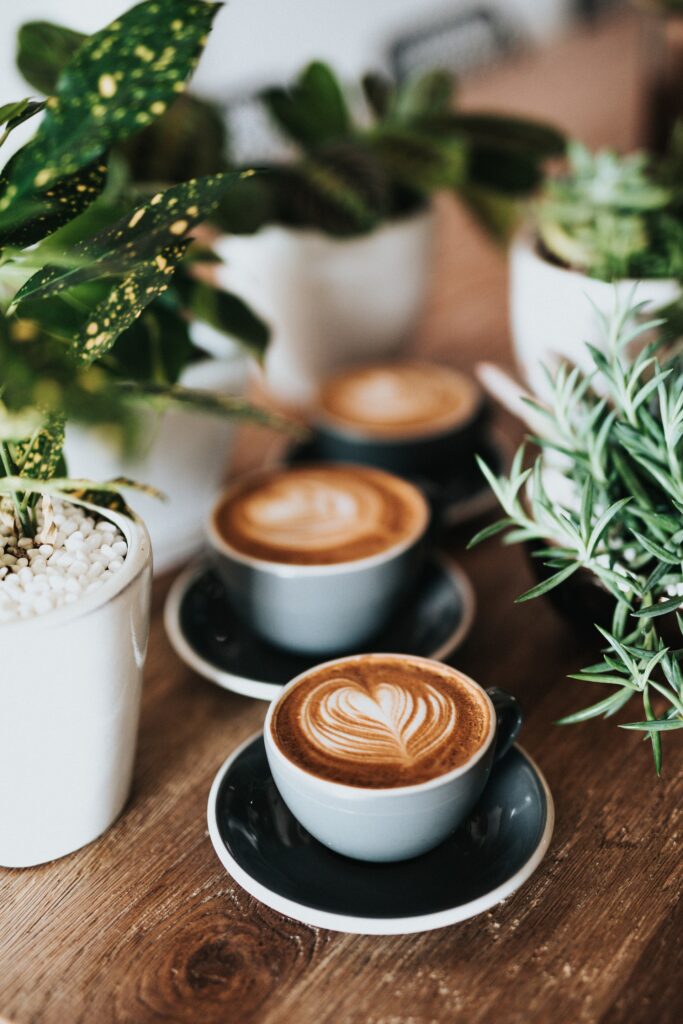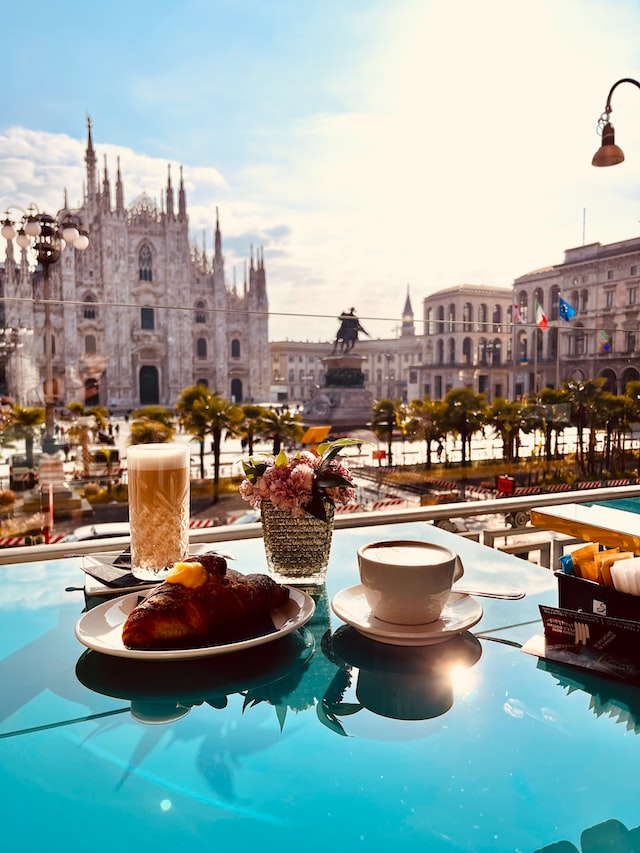Coffee Culture in Italy
Over time, coffee has become an integral part of Italian culture. The consumption of coffee in Italy is linked to every aspect of a person’s life, from the use of the Moka coffee maker at home and the espresso machine in bars, restaurants, and workplaces. The history that binds Italians to coffee culture is old and has deep roots in the country’s overall culture. Learn all about the drink that is part of a social ritual and its cultural peculiarities.
Espresso Culture
Espresso in ancient Italian indicates a product obtained by pressing or, in some way extracting in that exact moment. For this reason, the word espresso means rapid action and denotes specially and instantly prepared food/drinks. Therefore, it is the ideal product to consume by anyone who has the urgency to get to work, university or a meeting. The vast majority of Italians start their day with an espresso consumed at the bar; you order before going to the office, during a work break, when your lunch meal ends and even after dinner at a restaurant or home.

Coffee marks the daily time for many Italians for its precise recurrence in the various phases of the day and because it is a measure of time. “Giusto il tempo di un caffè” or “Prendo un caffè e arrivo” are recurring phrases in the Italian language referring to the precise times of its instant and codified preparation. It is also synonymous with conviviality and daily appointments. “Want to have a coffee?” is a common phrase used to socialize, seal a deal, have a break from work, see friends, and even start a relationship.
Espresso Culture thusly leads us to other aspects of Italian coffee culture; for instance, the fact that many Italians don’t drink a cappuccino after 11. This is a widely known conception; some might consider it almost criminal in Italy to drink cappuccinos after a particular time. Nevertheless, there does not seem to be a very detailed reason why Italians prefer not to drink a cappuccino after breakfast, and it also has very little to do with coffee. The issue seems to lie in the other cappuccino ingredient: milk. It is widely known that drinking milk after the morning has passed is terrible for digestion; this obviously extends to lattes and other coffees with enough milk. To complicate matters, Italy has almost an entire culture linked to digestion. For instance, they are very famous for their Mediterranean diet, which highlights their particular interest in the subject. Therefore, it can be argued it is not surprising this is part of the Italian coffee culture.
Different types of coffee
How many types of coffee are there in Italy? It is fascinating how Italian creativity has managed to take an inimitable product and transform it into many variations of a ritual that can be ordered and enjoyed at the bar or made in the privacy of your own home. With all the different variations of Italian coffee in a cup, it is simpler to say “coffee please” in Italian if you are searching for the perfect coffee in Italy. This is because there are precisely over 40 diverse types of Italian coffee in the world, and with a bit of imagination, coffee can satisfy all palates.
Coffee at the bar
There are no better or worse Italian coffee types; there is only the coffee you like best! Of course, let’s specify that the equipment with which it is prepared is undoubtedly able to make a difference. A professional coffee machine can maximize the properties of the coffee blend, but excellent coffee can be made at home, depending on your taste. In reality, the significant difference between having un caffè al bar or at home is that at the bar, you get a daily dose of energy and a necessary social interaction that becomes a ritual before going to work or university.

Morning coffee at the bar is synonymous with relaxation and the company of friends and colleagues. You sit down and wait for table service calmly while you chat with a friend, read the newspaper, or scroll through your phone. After placing your order, you can taste the chosen drink accompanied by a good biscuit, croissant, or a small scoop of Gelato, of course!
Our Madagascan Vanilla Gelato is the most traditional combination and one you will certainly not regret. The milk’s protein binds to the tannins of Italian coffee, making it less bitter and more pleasant on the palate. Delizioso!
It happens to almost everyone. Coffee after lunch seems to be the only remedy for drowsiness and makes returning to the office a less titanic task. It is common to hear or read that coffee after meals aid in the digestion process and puts us in a state of alertness. However, considering the passion for coffee is undoubtedly a factor that unites all of Italy, for many, it is a consolidated habit over the years that they would not be able to give up.
Coffee at home
A strong coffee typically served in a small cup, espresso, is usually enjoyed at the bar, always and strictly in the small cup and not in a mug, creating an indispensable pleasure. However, those who love to wake up to the aroma of fresh and warm coffee that invades your home also appreciate a morning espresso that makes you start the day the right way. This is possible due to the most effective compromise between coffee at the bar and typical coffee pods: the pod machine. This preparation method, called espresso and known today worldwide as a symbol of Italian coffee, is the one that indeed manages best to enhance coffee’s visual and organoleptic characteristics.
Another circumstance where coffee is an essential part of Italian culture is after a dinner party at home with friends or family. It is customary to offer coffee after dinner, especially with its unbeatable partner, Gelato. In fact, an irresistible gelato and coffee dessert exists for this kind of situation: affogato al caffè, a strong coffee typically served in a small cup with a scoop of ice cream inside. Buonissimo!
Affogato with our Ecuadorian Chocolate Gelato is the perfect match for those who love the intense taste of chocolate that blends with a strong Italian coffee, creating a soft and creamy cup.
Alternatively, you can also try our delicious creation, a Ménage à trois of decadent layers: delicate Tiramisu gelato layered with rich Marsala coffee sauce, mascarpone cheese and topped with a dusting of cocoa powder.